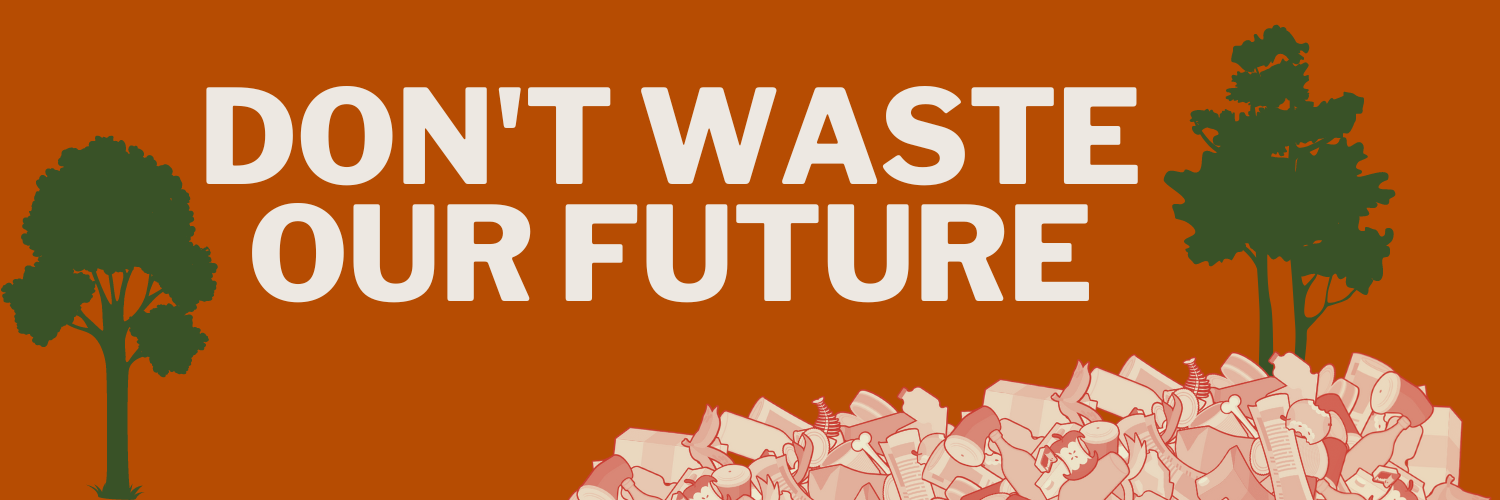Report from EPA on methane emissions food waste generates in landfills underscores disconnect between EPA regulations and reality - it’s time for EPA to update regulations
Last Thursday, the EPA released Quantifying Methane Emissions from Landfilled Food Waste and From Field to Bin: The Environmental Impacts of U.S. Food Waste Management Pathways,which is the first time the EPA has published modeled estimates of annual methane emissions from landfilled food waste.The analysis relied predominantly on existing, widely-used EPA models and data sources - all of which have limitations, so there were were a lot of assumptions baked into this that we are unpacking.
A key finding really jumps off the page: Food waste decays quicker than gas collection systems are installed or expanded, creating unchecked methane emissions.
To quote the report:
“An estimated 61 percent of methane generated by landfilled food waste is not captured by landfill gas collection systems and is released to the atmosphere. Because food waste decays relatively quickly, its emissions often occur before landfill gas collection systems are installed or expanded.”
“...food waste has an outsized impact on landfill methane emissions due to its relatively quick decay rate. Since fifty percent of the carbon in food waste is degraded to landfill gas within 3.6 years, improving gas collection system efficiency in later years cannot substantially reduce these emissions.”
So, the EPA estimates fifty percent of the carbon in food waste is degraded to landfill gas within 3.6 years. Yet under current EPA NSPS/EG rules, active landfills do not have to expand their gas capture and control system until the solid waste has been in place for five years. There’s an obvious solution - update federal standards for landfill emissions so that landfill operators install gas collection systems earlier to actually capture the methane from food waste and get in place effective monitoring for leaks! The EPA can also tighten up the time between when the actual installation or expansion of gas capture and control systems happens and when the requirement to do so kicks in. As well, the EPA should require that new landfills and, where feasible, landfill expansions are designed with gas capture in mind from the initial design phase.
These findings join a mountain of evidence that clearly demonstrates the need for keeping organic waste out of landfills to prevent new methane emissions. Fortunately, there are proven, often low-cost strategies to reduce organic waste disposal in landfills to prevent methane generation. State and local governments should put into place waste prevention, food rescue and donation, and organics recycling: turning residual organics into useful products like animal feed and compost!
Landfills emit 295 million metric tons of CO2-equivalent of methane per year, on a twenty-year warming potential time frame - the equivalent of 79 coal-fired power plants running for a year. When the U.S. joins leaders from around the world at the 2023 United Nations Climate Change Conference (COP28) to make global commitments on climate change this December, the U.S. should put updating the landfill emissions standards on its agenda.
Other findings from the reports:
Each year, roughly half of the municipal solid waste generated in the United States is disposed in landfills.
Food waste comprises about 20 percent of MSW disposed of in U.S. landfills. In 2020, approximately 62.5 million tons (56.7 million metric tons) of food waste was disposed of in MSW landfills.
While the total number of landfills decreased substantially, the average size of each landfill remaining in operation has increased as many landfills have transitioned to serve a larger regional area. These larger landfills have larger annual waste acceptance rates, providing the opportunity for larger amounts of waste disposal prior to when the landfill gas collection system may be installed. This timing is especially relevant for food waste disposal because food waste decays more quickly than other types of MSW.
For every 1,000 tons (907 metric tons) of food waste landfilled, an estimated 34 metric tons of fugitive methane emissions (838 mmt CO2e) are released.
Reducing landfilled food waste by 50 percent in 2015 could have decreased cumulative fugitive landfill methane emissions by approximately 77 million metric tons of CO2 equivalents (mmt CO2e) by 2020, compared to business as usual.

